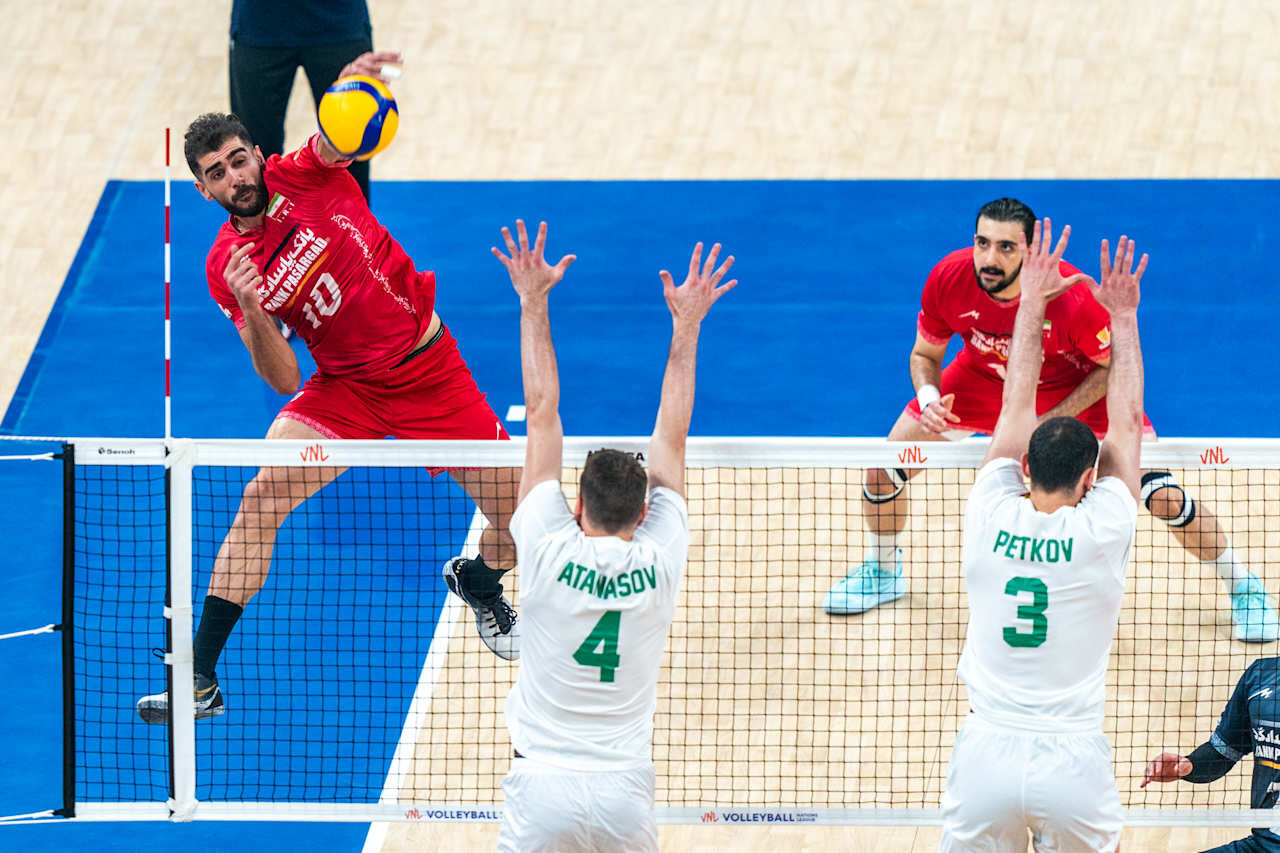MLB Trade Deadline: How the Expanded Playoffs Have Reshaped the Landscape

The MLB trade deadline has undergone a significant transformation since the league's playoff expansion in 2022. What was once a clear demarcation between contenders and non-contenders has blurred, with a greater number of teams remaining in the playoff hunt well into the season. This shift has fundamentally altered the strategies and urgency surrounding mid-season trades.
Prior to 2022, the six-team playoff format created a more defined separation. Teams on the fringes often accepted their fate by the deadline, selling off assets for future prospects. However, the expanded 12-team playoff bracket – featuring six teams from each league – has injected new life into more franchises, extending their competitive window and influencing their trade deadline decisions.
As of Tuesday, a remarkable 22 of the 30 MLB teams are either firmly within a playoff position or within striking distance. This widespread contention has created a more complex and dynamic trade environment. Teams hovering around the playoff cut-off line are far less likely to become sellers, instead opting to bolster their rosters with veteran players or position-of-need upgrades.
The Impact on Team Strategies
This expanded playoff field has led to several notable shifts in team strategies:
- Increased Buyer Activity: More teams are willing to invest in acquiring talent, even those who weren't considered serious contenders in years past.
- Higher Asking Prices: With greater demand for players, teams selling off assets can command higher prices, knowing that multiple contenders are vying for their services.
- Focus on Short-Term Gains: The urgency to make the playoffs is amplified, leading teams to prioritize immediate improvements over long-term development.
- More Creative Trade Packages: Teams are exploring more complex trade scenarios to acquire the players they need, often involving multiple players and prospects.
Notable Examples
We've already seen several examples of this new dynamic in action. Teams like the Boston Red Sox and the Baltimore Orioles, who weren't expected to be major players just a few years ago, are actively pursuing upgrades to solidify their playoff positions. Even teams with less-than-stellar records are exploring opportunities to acquire players who can provide a spark and keep their playoff hopes alive.
Looking Ahead
The expanded playoff format is likely to continue shaping the MLB trade deadline for years to come. Expect to see more competitive races, more active trade markets, and more unpredictable outcomes. The days of a clear-cut distinction between buyers and sellers are largely gone, replaced by a more nuanced and engaging landscape where a greater number of teams believe they have a legitimate shot at October glory. This benefits fans, providing more excitement and intrigue as the season progresses.
The 2022 playoff expansion wasn't just a change to the postseason format; it was a catalyst for a broader transformation of the MLB trade deadline, making it a more compelling and strategic event for teams and fans alike.





